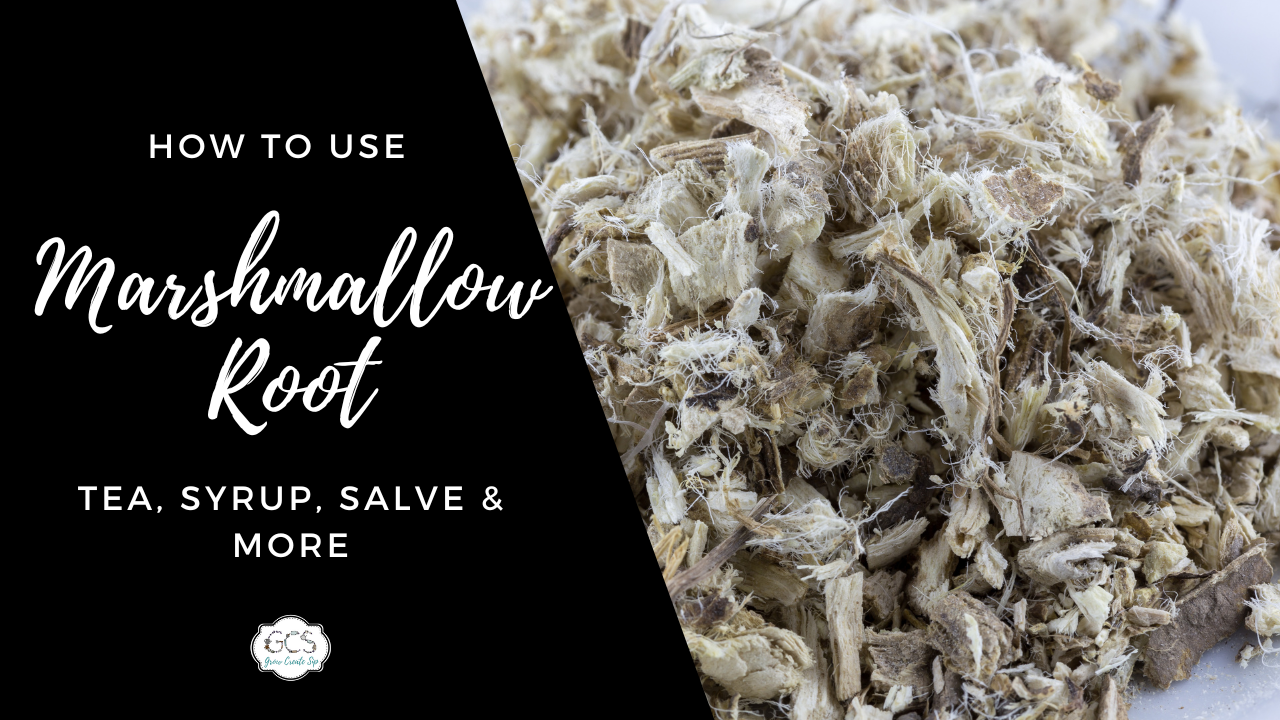Coneflower Care: How to Plant, Grow and Harvest Echinacea
Apr 11, 2023
What is the right name for it—coneflower or echinacea?
The answer is both!
It's called a coneflower, the name given for the cone-shaped portion of the flower. It's also sometimes called echinacea, the name derived from the Greek word “ekhinos” meaning sea urchin.
Whether you call it coneflower or echinacea—this beautiful flowering perennial plant is a medicinal powerhouse that should be included in everyone’s home garden!
Echinacea benefits include improved immune function and reduced inflammation, and it also has antiviral and antioxidant effects (more on that later!). It is a resilient easy-to-grow plant that can be harvested, dehydrated, and used as a remedy for many common ailments. If that's not enough—the pretty brightly-colored flowers are also loved by birds, bees, and butterflies!
To get all of the echinacea benefits at your fingertips, we definitely recommend planting this gem of a perennial in your home herbalist garden. Let's dive in to find out all about the echinacea plant and how to plant, grow, and harvest it!
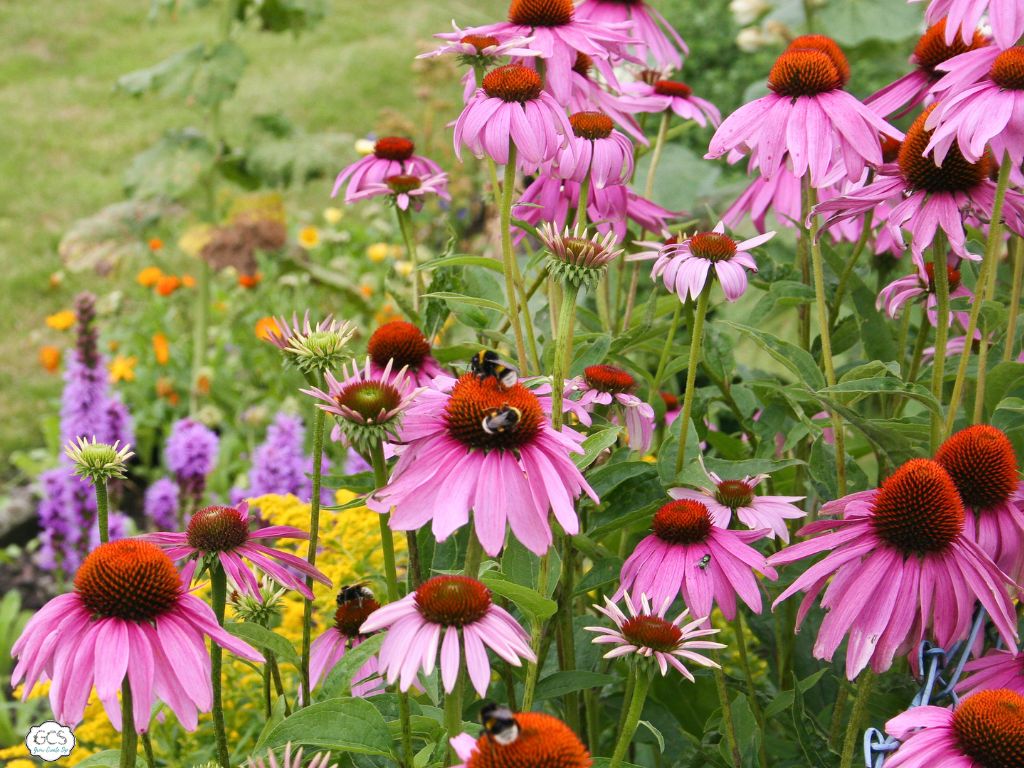
The Legal Stuff
The contents of this blog are made available via St. Fiacre's Farm LLC through Grow Create Sip and Farmhouse Teas and are for informational purposes only. This blog does not constitute medical advice; the content is not intended to be a substitute for professional medical advice, diagnosis, or treatment. Always seek the advice of a qualified healthcare provider with any questions you may have regarding a medical condition. If you think you may be suffering from any medical condition, you should seek immediate medical attention. You should never delay seeking medical advice disregard medical advice or discontinue medical treatment because of information provided by St. Fiacre's Farm, Farmhouse Teas or Grow Create Sip. Reliance on any information provided by this webinar is solely your own risk. St. Fiacre's Farm LLC (along with Farmhouse Teas and Grow Create Sip) is a participant in the Amazon Services LLC Associates Program, an affiliate program designed to provide a means for our team to earn fees for recommending our favorite products! Along with additional affiliate programs not associated with Amazon. We may earn a small commission, at no additional cost to you, should you purchase an item after clicking one of our links. Thanks for supporting us!
Echinacea: How to Grow It
Echinacea plants are one of the most productive and affordable medicinal plants to grow in a backyard garden. As well as one of the favorites in this popular Essential Medicinals Seed Set.
You should plant them in areas of full to partial sun, as they require a minimum of four hours of sunlight per day. When it comes to soil, they tolerate most types but do not grow well in wet, muddy conditions. Echinacea grows in gardening zones 4-9.
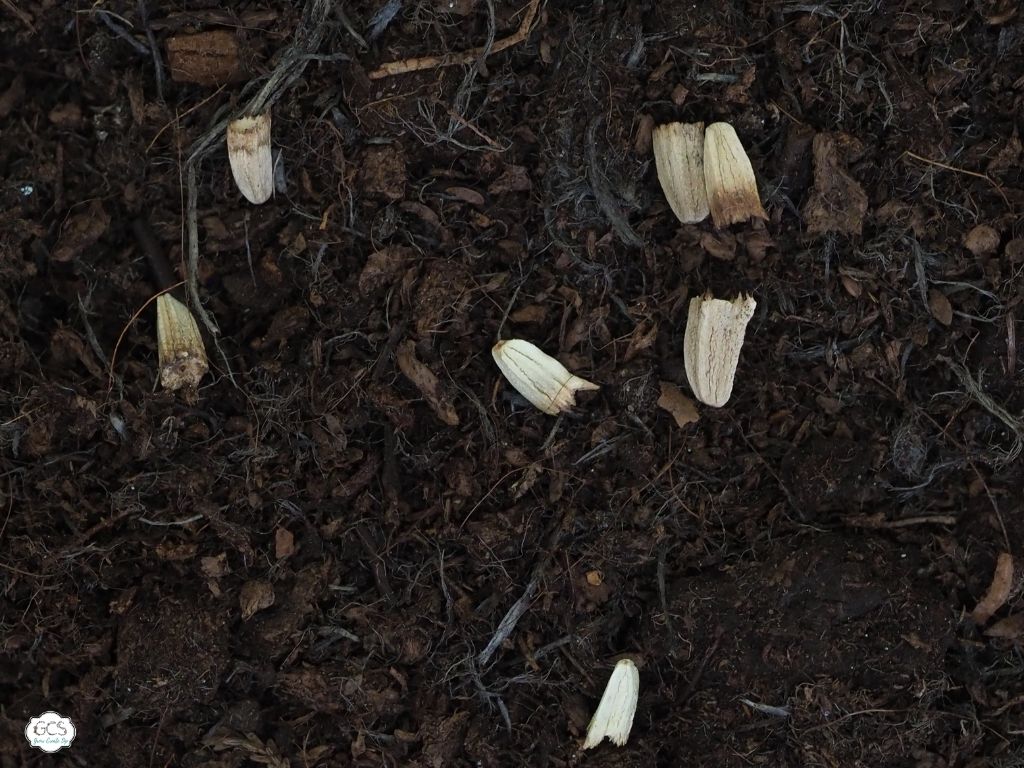
Echinacea: How to Plant It
While they do not tend to overtake garden landscapes, each plant does grow to approximately 18 inches wide. Therefore, when planting, be sure to leave at least 12 to 18 inches of space between them.
The roots of the coneflower grow deep so make sure you are happy with the location you plant them in! They also make excellent companion plants that thrive in gardens with other flowers and herbs.
How Tall Do Coneflowers Grow?
How tall your coneflowers grow depends on the variety. The most popular variety, the purple coneflower, grows to a height of 2 to 4 feet tall. Other cultivars are smaller, growing to a height of 1 to 2 feet tall. Planting the smaller cultivars in front of the taller ones would make for an esthetic herbalist garden and be a wonderful use of small spaces.
How to Grow Echinacea From Seed
As with all plantings, God's wonderful gifts begin with the seeds. There are many coneflower varieties, but the best seeds for medicinal use are the purple coneflower (echinacea purpurea), narrow-leaved coneflower (echinacea angustifolia), and cutleaf coneflower (rudbeckia laciniata). Find the best echinacea seeds in this medicinal seed set on our online store.
You can begin the seeding indoors or you can sow the seeds directly into your garden. Follow our step-by-step guide for both methods below.
Starting the Seeds Indoors
Starting seeds indoors is much the same as with other flowers. Follow these steps to get your seeds started with success! Some types of echinacea may begin with cold stratification—be sure to follow the instructions on the back of the packet.
- Fill a seed-starting container with a good potting mix
- Place seeds about an inch apart and cover (if using individual cells, place one seed in each cell to avoid having to separate them later)
- Cover with a clear lid or dome to create a greenhouse environment for the plants to grow in
- Keep them at about 70°F and you should see germination in 10-21 days
- Once the seeds have germinated and present with a second set of leaves, transplant the seedlings to individual pots
- Transplant them into your garden after 8-10 weeks
Sowing the Seeds Into Your Garden
You can directly sow coneflower seed into your garden two to four weeks before the last frost. Sow groups of 3-4 seeds about 1/8th of an inch deep into the soil and space the seeds 18 to 24 inches apart.
When seedlings appear, make sure to thin them out, leaving the strongest seedling in place. You can transplant the smaller seedlings elsewhere.
A Word About Fertilizer
To grow echinacea that you will later harvest, dehydrate, and use in home remedies, choose a natural, organic fertilizer or compost. Avoid using any synthetic fertilizers.
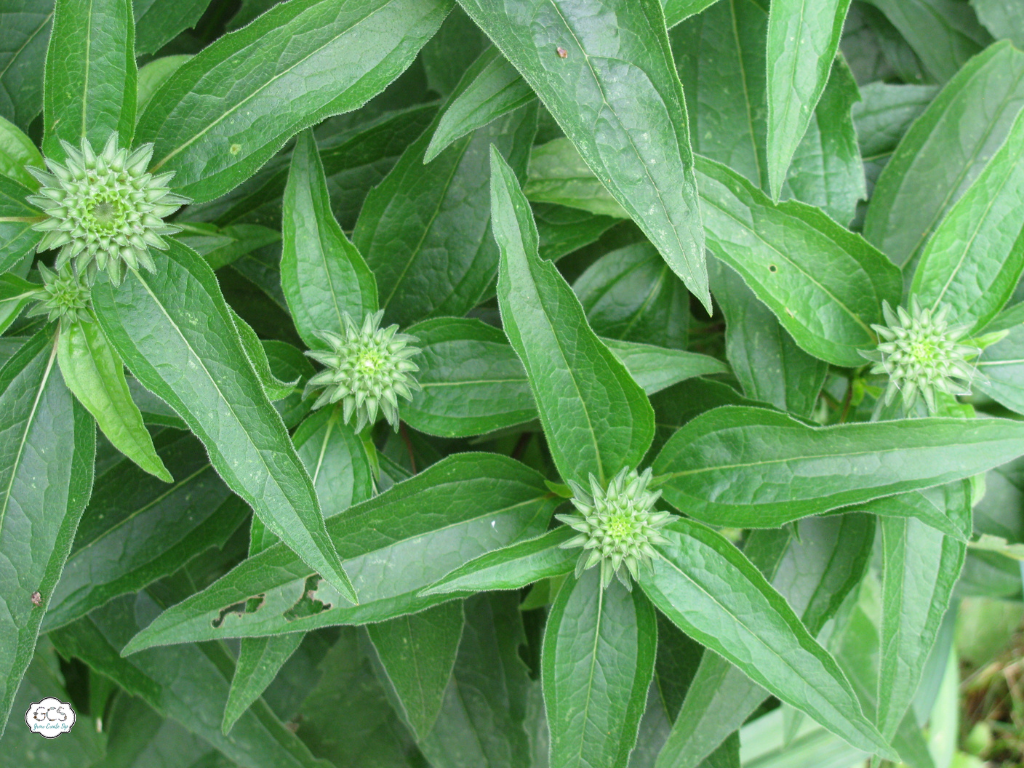
How to Harvest Echinacea
Echinacea plants are ready to harvest when they are in full bloom, just before the blooms begin to fade. The seedbeds should be dry, but not yet falling from the plants.
In some cases, the echinacea plants are only ready for harvest until your plant has bloomed at least one time. This will ensure that the plant has an established root system and is strong enough for harvesting. For new plants, stick with harvesting the leaves and the flowers, leaving the stems and roots intact.
Echinacea plants are never wasted when left in a garden landscape! You should even aim to leave some of the plants in your garden.
Aside from being pretty to look at, they attract butterflies and provide valuable food for birds. And if you have a problem with neighborhood deer eating your flowers, there is a bonus—echinacea plants repel them!
Which Parts Should I Harvest?
How you harvest the echinacea plants depends on which parts of the plant you are using. For optimal anti-oxidant power, use the entire plant but you can also just harvest the flower and leaves and reap the benefits.
The leaves and flowers of the echinacea plant are most often used to make herbal teas, but the roots also hold real powerful medicinal value.
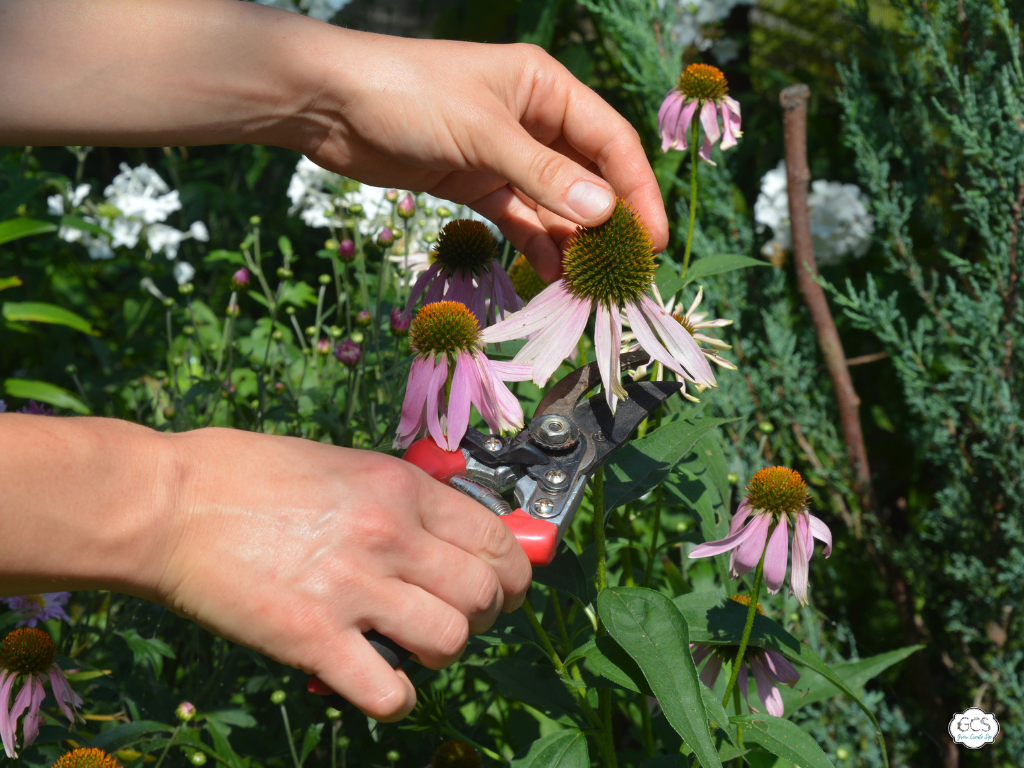
Harvesting Stems, Leaves, and Flowers
Every part of the echinacea plant is edible and dried echinacea is useful for many home remedies. However, you may choose to only harvest parts of the plant, leaving the rest undisturbed. Follow these steps if you are harvesting the plant without digging up the roots.
To harvest only the leaves and the flowers: With sharp pruning shears or scissors, cut the stem above the lowest leaves. Take care to cut above the node, a small protrusion from where the echinacea leaves grow from.
Once you cut the stem, strip the leaves off, cut the flowers off just behind the flower head, and discard the stem. Repeat this process on as many of the stems as necessary.
You can then choose to dry the flowers and leaves separately or dry them together. This method is useful when you have a young echinacea plant that doesn't have deep roots yet or you need only a small quantity of echinacea.
To harvest the entire plant, minus the roots: For this method, you must cut just above the crown, which is located at the base of the plant, just above the roots. Because each echinacea plant grows into several stems, you should limit the cutting to 1/3 of the stems. This allows the rest of the plant to continue to grow the following year.
Avoid over-pruning your echinacea plant. Limit your cuttings to a few stems per plant, and choose the oldest and strongest stems, leaving the younger stems to continue growing.
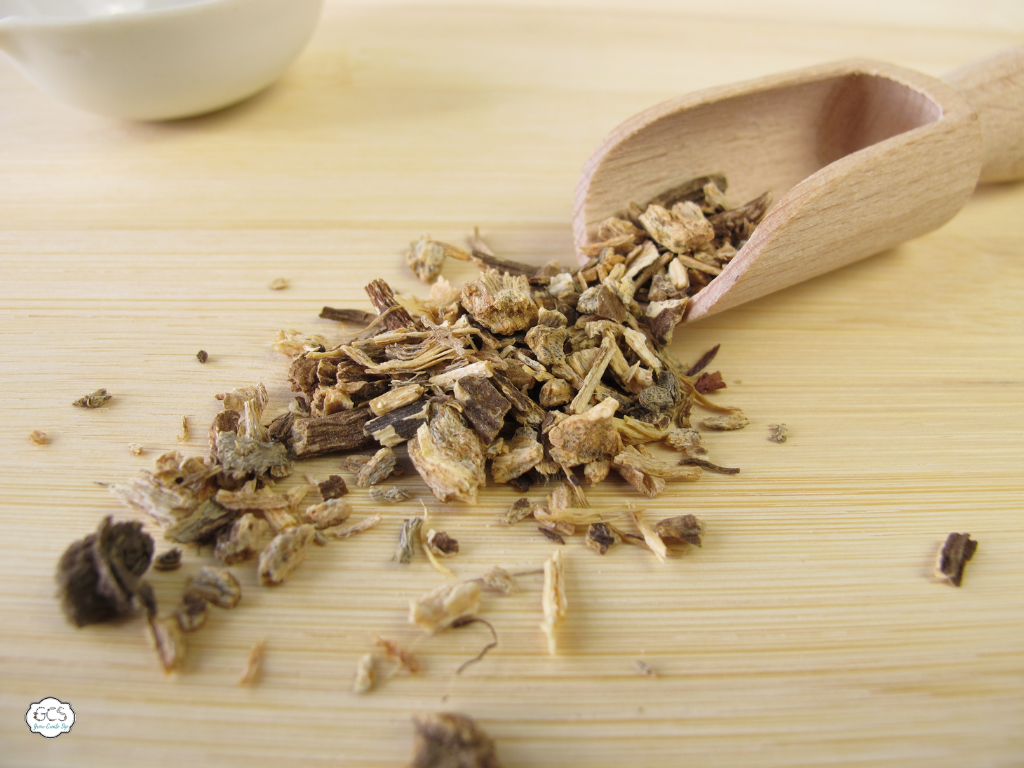
Harvesting the Entire Plant—Roots and All
To harvest an entire echinacea plant, including the roots, ideally, you should wait until the plant is at least three years old. When a plant is mature, you ensure that the roots are as big as possible and at their best for making tinctures and teas.
Echinacea plants have deep and wide root systems, so care must be taken to protect their roots. Here are the steps for removing an entire echinacea plant:
- Place your gardening spade into the ground, approximately 1.5 feet from the base of your echinacea plant
- Put pressure on the spade to gently lift the plant from under the roots
- You may choose to dig a trench around the plant before digging it up—just be sure that your gardening tool doesn't break the roots
- Once you have removed the plant from the soil, gently break the roots apart into individual "crowns", or clumps
- Shake off the excess dirt and separate the older clumps from the younger ones
- Any younger crowns can be replanted into the soil by placing them into holes 12 inches deep, keeping each one 1 to 3 feet from the other
- Cut the stems away from the roots, and dry each separately
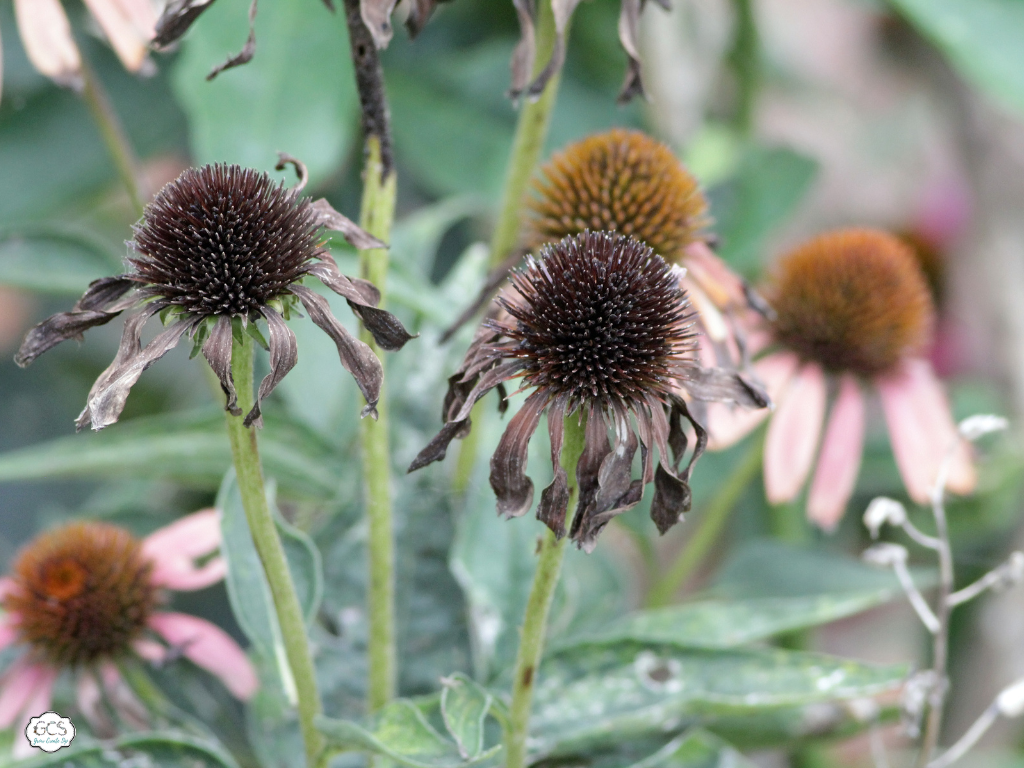
How to Harvest Coneflower Seeds
Harvesting and saving the echinacea seeds will give you lots of growing opportunities in the future.
A few weeks after the flowers have bloomed, the seeds will form. They form at two places: at the base of each petal and within the "cone" of the flower. You know the seeds are ready when the blooms have faded, turned brown, or fallen off.
When the seeds are ready, cut off the entire seed heads, and dry them out in a paper bag for at least one week.
Put the seed heads in a container with plenty of room, place several seed heads inside it, and secure the lid.
Shake the container for 15-20 seconds, during which time the seeds are released from the cones. You can now remove the empty echinacea seed heads and gather the seeds left behind. Let the seeds dry out on a tray or plate for approximately another week.
Note: some extra chaff or casings from the plant might end up with your seeds. It is harmless, but if you wish to separate it, filter them through a small kitchen strainer or by winnowing.
Store your seeds in a sealed plastic container or envelope until ready to use. The dried seeds can be stored for several years. Photo storage boxes like these make an excellent way to store seeds and keep them dry!
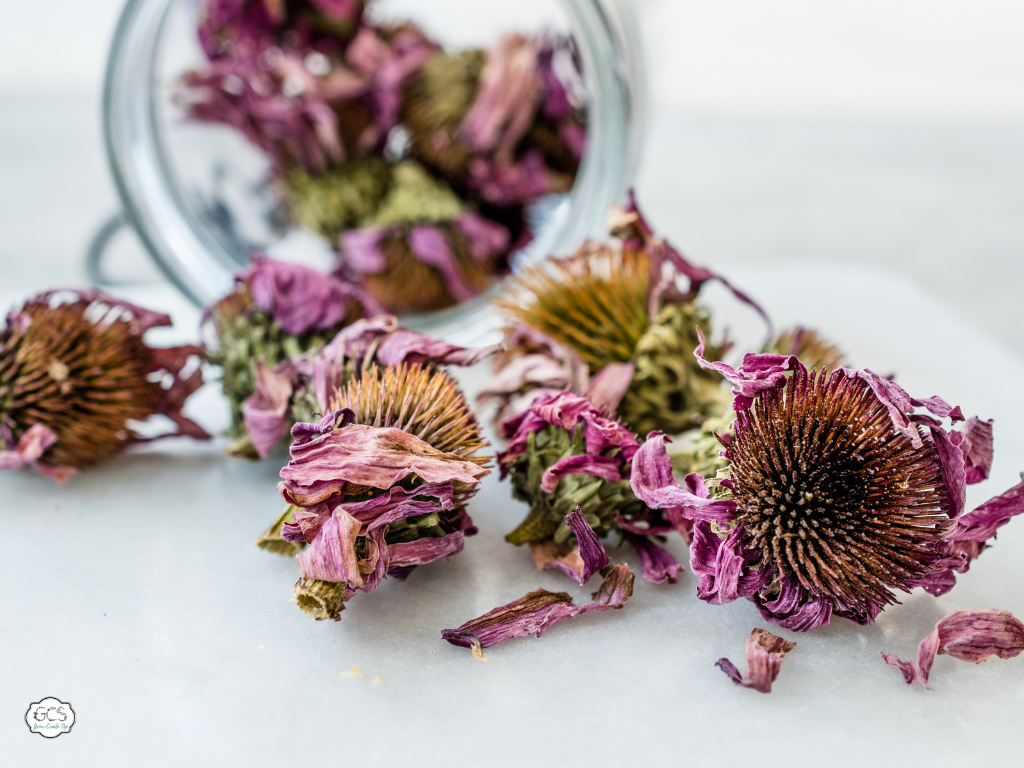
How to Dehydrate Echinacea
Dehydrating the flowers, leaves, and roots from your echinacea pant is the best way to preserve it for medicinal uses. Before you begin any dehydration, any parts of the plant should be washed under running water to remove any dirt and debris.
Dehydrating the Flowers and Leaves
You can dry the flowers and leaves in several different ways. Make sure to dry them in a place that is dry and cool.
One way to dry them out is to hang the individual flowers and leaves upside down on a string line, using small pegs to secure them. As the flowers dry, the petals will begin to drop off, so make sure to place a towel or paper towel under the string to catch them.
Another option is to place the flowers and leaves on a tray or drying screen in a single layer either indoors or outdoors in a sunny place that is protected from the wind. Indoors, they should dry in a week to ten days. Outdoors, the drying process will take three to five days, depending on the temperature and the amount of sunlight each day.
Once dry, gather the leaves and petals and gently crush or cut them into tiny pieces. Drying herbs without a dehydrator can be done but isn't always the most efficient way to do so. Store the dried flowers in an airtight container to use for your natural remedies.
How to Dry the Roots
Once the roots have been rinsed off and patted dry, cut them into small 1/2-inch pieces using sharp kitchen scissors. Lay the pieces on a tray and leave them out somewhere that is dry and well-ventilated. The roots will dry completely in about two weeks.
Store them in a plastic or glass container with a lid.
No matter which part of echinacea you are dehydrating you can speed up the dehydrating process and get more accurate results with the best dehydrator for drying herbs.

How to Use Dried Echinacea
Once you have dried it, you can reap the many echinacea herb benefits as well as the echinacea root benefits.
There are several different ways to use echinacea in home remedies.
Teas and Decoctions
It's wonderful to grow your own herbs and plants and be able to make lovely, healthy teas with them! We even have a tea garden tea set and ebook to walk you through it.
Echinacea tea is one of the teas we encourage people to make and drink for its health benefits and its soothing, earthy flavor.
Teas are made by steeping 1 tablespoon of fresh, or 1 teaspoon of dried, flowers and the leaves of the echinacea plants in hot water for 5-7 minutes. However, to get the full health benefits of the echinacea roots, you may want to make a decoction instead. The roots are firmer and it takes longer for the water to penetrate the constituents of the roots. This requires you to simmer the roots for 20-30 minutes, then drink.
Dive deeper into tea blending recipes, tips, tools, and tactics in the Medicinal Teas in Small Spaces E-course.
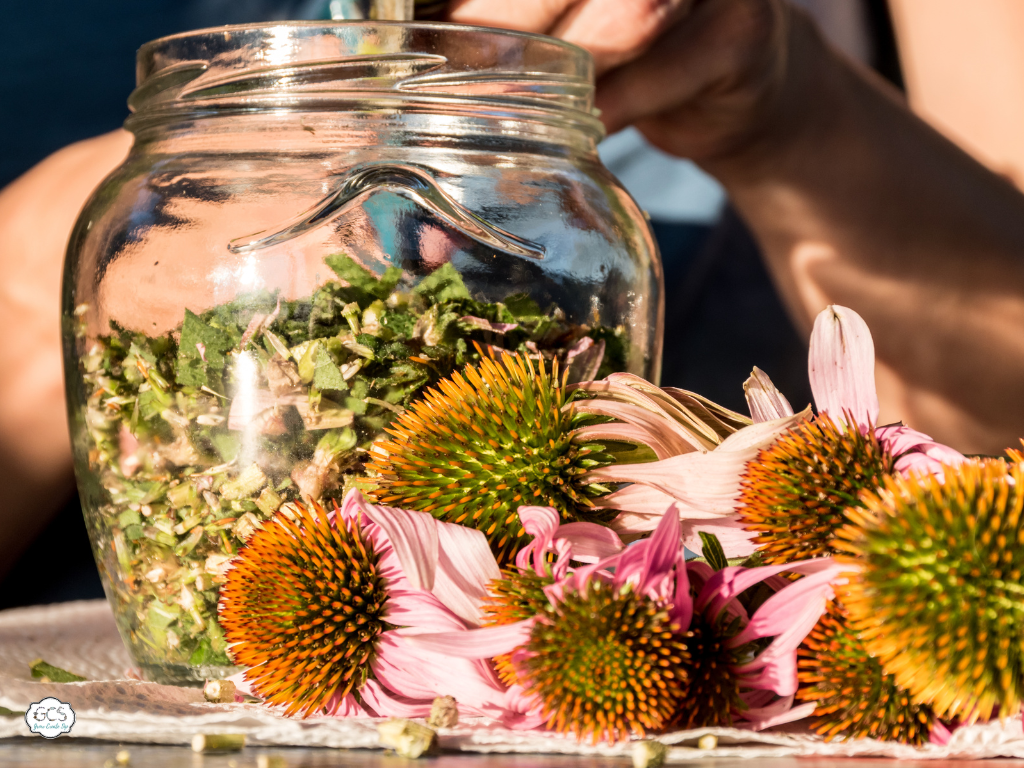
Tinctures
When you are feeling under the weather, an echinacea tincture is a great remedy. Tinctures concentrate on the benefits of herbal extracts and can be taken at the first signs of a cold or flu. Echinacea is the main ingredient in this first signs tincture mix which is a great way to get started in making tinctures because of its the dump-and-go feature.
Boost Echincea Benefits with This Other Herbs
There are so many healthy uses for echinacea, it doesn't stop at teas and tinctures! And echinacea really loves to be paired with herbal friends!
You can also use it:
- To make elderberry syrup with echinacea
- An addition to kombucha creating a medicinal herbal kombucha
- In creams or lotions for skin care
- As an essential oil
Click here if you are looking for echinacea ready to use, make sure to check out these products.
Echinacea is Just the Start
There is no doubt that echinacea is a wonderful addition to a complete home herbal garden! But, echinacea is just the start, this home herbalist kit will help you get started on filling your apothecary cupboard fast without having to grow each and every flower right now. (Because we know that is every home herbalist's goal!) Herbalists just like you are busy learning how to blend echinacea with other wonderful medicinal herbs in the Herbal Studio & Communi-tea Chat, we would love if you would join us.
I'd love to know though, will you share with me in the comments, how have you used echinacea in your home? Do you have any fun or encouraging stories about echinacea?
Read More About Growing Herbs
- Companion Planting Chart for Herbs
- How to Plant and Propigate Elderberries
- How to Plant, Grow, and Care for Lavender & Other Edible Blooms
- How to Stratify and Scarify Medicinal Herb Seeds
- Harvest Dandelion for Dandelion Tea | Dandelion Tea Benefits
- Rosemary Bush Care and DIY Rosemary Tea











